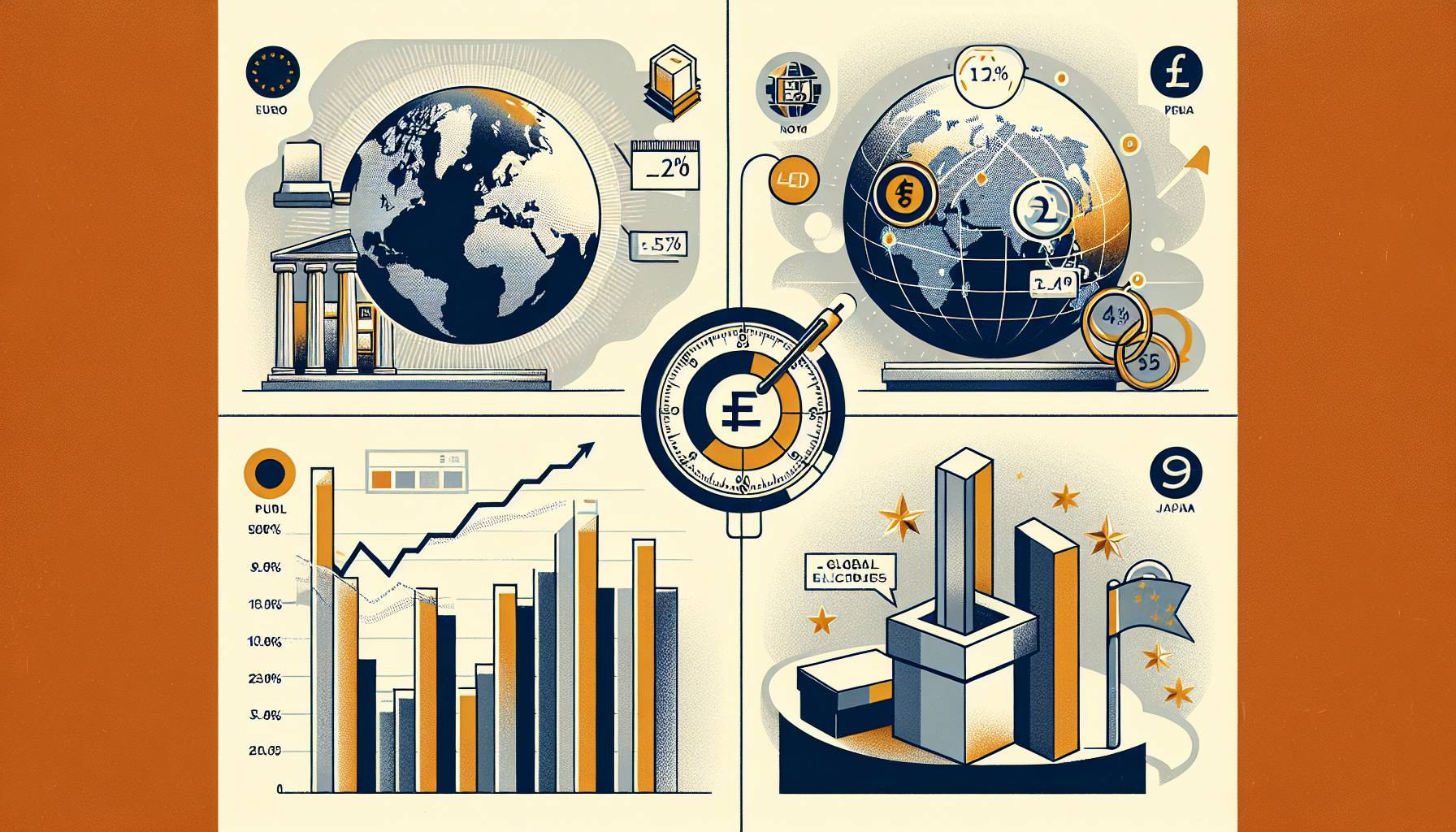impact of tariffs on the dollar’s performance
The dollar has strengthened as a short squeeze builds over the past two weeks. It could have been much stronger if not for Trump’s pressure on the Fed, and Waller and Bowman’s dovish stance.
Recent developments in the global market have led to fluctuations in the dollar’s value, with tariffs playing a significant role in its performance. The renewed tariff threats by the US administration have coincided with gains in the dollar over the past two weeks. While these gains suggest a potential recovery, it’s clear that they reflect a milder version of such a trend, given that TACO trades seem to be already priced in.
As the market continues to monitor these developments, the focus remains on the upcoming deadline and any shifts in policy that could arise. The influence of tariffs, both direct and indirect, remains a key factor in assessing the dollar’s performance in the near term.
In the broader context, the key issue is whether Trump will implement his tariff threats by August 1. This is crucial to watch. Delaying actions has minimized any major impact on US inflation, creating a belief that tariffs won’t significantly affect prices.
influence of federal reserve policy on dollar strength
The stock market is positioned for this, with Wall Street reaching new highs. Does FX—and the bond market—need to catch up?
As the dollar continues to navigate through this landscape, the Fed’s policy decisions will remain under close scrutiny. Investors are watching for any indications of policy shifts that might signal a change in monetary conditions. The Fed’s influence is profound, as it directly impacts liquidity conditions and risk appetite, both of which have significant bearings on currency valuation.
Looking ahead, the dollar’s future trajectory will likely hinge on a combination of domestic policy decisions and international developments. Market participants are keenly watching for any shifts in the US economic narrative, particularly in relation to fiscal policies and trade negotiations. Additionally, the interplay with other major currencies, particularly the euro and yen, will be critical in determining the dollar’s relative strength.
As a Forex trader with over 10 years of experience, monitoring these dynamics is crucial. It’s essential to keep an eye on moving averages and Fibonacci retracements for potential entry and exit signals. Sentiment can shift quickly, especially if there’s any unexpected commentary from Fed policymakers or sudden geopolitical developments.
market reaction and future outlook for the dollar
Ultimately, the dollar’s outlook remains contingent on a myriad of factors, both predictable and unpredictable. As traders and analysts parse through data and policy signals, the dollar’s story will continue to unfold, shaped by the ever-evolving tapestry of global economic forces.
However, tariffs will have an effect—though possibly not long-lasting. If higher tariffs are introduced in the coming months, it will complicate inflation data analysis.
The Federal Reserve’s policy plays a pivotal role in shaping the dollar’s strength. In recent weeks, the dollar’s trajectory has been influenced by the interplay of market expectations and the Fed’s policy stance. President Trump’s pressure on the Fed, coupled with the dovish views from Fed members like Waller and Bowman, has tempered what could have been a stronger rally for the dollar. These dynamics have introduced a layer of complexity in forecasting the dollar’s path.
The dovish commentary from key Fed policymakers suggests a cautious approach towards interest rate adjustments. This stance has been instrumental in moderating market expectations of a swift rate cut, which in turn has provided a degree of support to the dollar. However, this support is not unequivocal; the market remains sensitive to any shifts in tone or policy direction from the Fed, as these could quickly alter investor sentiment.
Without Trump and dovish takes from Waller and Bowman, the dollar might have surged more, with speculation of a September rate cut reduced.
tariff tensions and their impact on dollar strength
However, it is important to note that should higher tariffs be introduced in the upcoming months, the effects could complicate the analysis of inflation data. This complexity arises from the potential changes in price levels and market responses, which can alter the perceived strength of the dollar.
The broader issue at hand is whether the tariff threats will actually be implemented by the set deadline. The possibility of these tariffs has created a watchful environment, as any delay or action could greatly influence the dollar’s trajectory. So far, the delay in implementing these tariffs has minimized their immediate impact on US inflation, leading to a general belief that such measures might not drastically affect prices in the current climate.
Recent gains in the dollar over the past two weeks coincide with Trump’s renewed tariff threats. It’s a milder version of a potential recovery, with TACO trades seemingly already priced in. What’s in store for the dollar now?
Watch the charts as the short squeeze continues, with market focus on Trump’s tariffs deadline of August 1. Any further policy confusion or TACO decisions could threaten the dollar’s recovery potential.
However, the foreign exchange market presents a more complicated picture. While the dollar has gained ground in recent weeks, it faces headwinds from various quarters. The perceived stability brought on by tariff-related uncertainties and Federal Reserve communications is somewhat counterbalanced by broader global economic factors and geopolitical tensions. These elements collectively shape investor sentiment, influencing currency flows and valuations.
Traders should also consider the implications of potential policy shifts and their effects on global risk appetite. The evolving situation requires vigilance as the short squeeze and tariff tensions intertwine, impacting dollar volatility.
That’s not the case now. The short squeeze persists, but the dollar isn’t entirely immune to shifts in sentiment. Waller’s comments recently tested this stability. Another change by any Fed policymaker could reverse sentiment.
market dynamics: short squeeze and technical analysis
Looking forward, the interplay between Fed policy and market expectations will be crucial in determining the dollar’s strength. Any further dovish signals could potentially weigh on the dollar, while a move towards a more hawkish stance might bolster its position. The market remains alert to the nuances in Fed communication, as even subtle changes could have pronounced effects on the currency’s outlook.
The prospect of an economic divergence between the US and other major economies could further impact the dollar’s path. Should the US economy continue to outpace its peers, it might bolster the dollar; conversely, any signs of convergence could exert downward pressure.
The dollar’s recent momentum is evident in the near-term EUR/USD chart. The pair has been supported by key hourly moving averages, showing dollar buyers maintaining their position as focus remains on Trump’s tariffs this month.
To assess the short squeeze, rely on technicals. The dollar has been heavily impacted since April, so current pullbacks aren’t major reversals. Tariffs and TACO expectations are largely priced in, as discussed last week.
The market’s reaction to the dollar’s recent movements has been nuanced, reflecting a blend of optimism and caution. Wall Street’s ascent to new highs suggests a robust appetite for risk, driven by expectations of steady economic growth and manageable inflation. This bullish sentiment has, to some extent, supported the dollar, albeit within a context of broader market dynamics.

